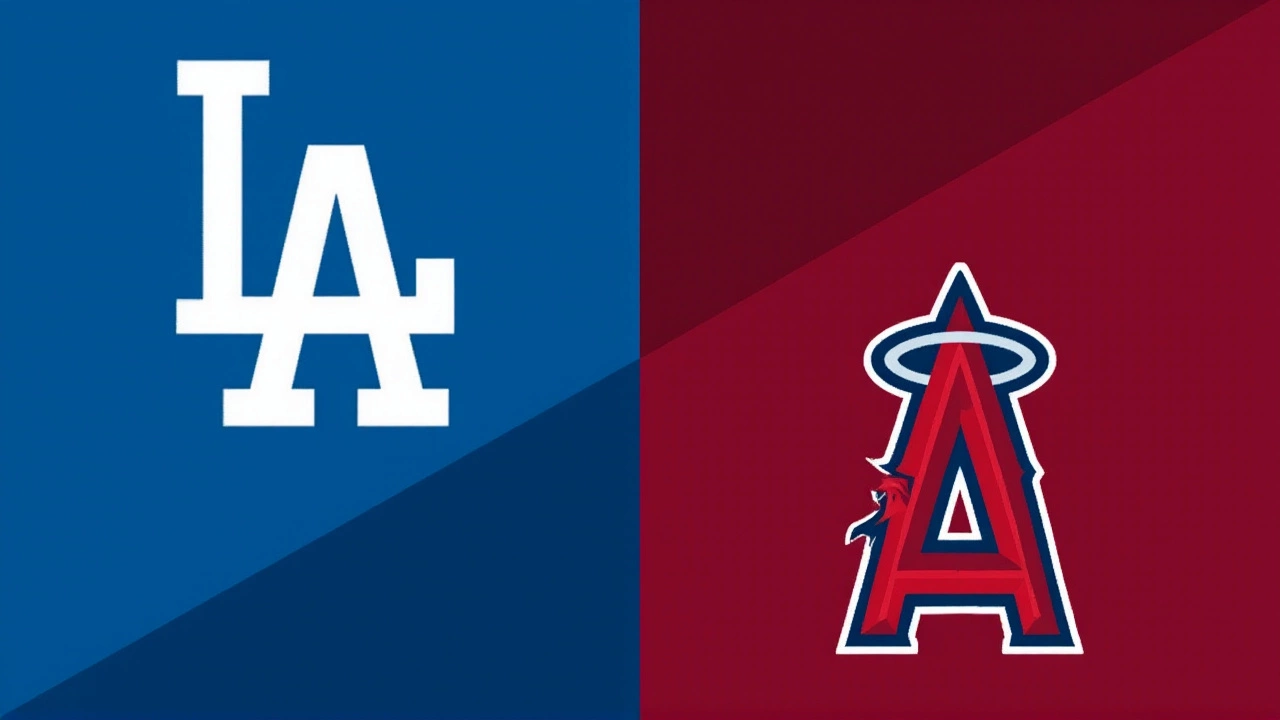Kershaw's final regular‑season start fuels a 6‑1 Dodgers win over the Mariners, while Ohtani sets a new franchise home‑run record, cementing a triumphant season finale.
Kershaw: A Deep Dive into a Baseball Legend
When talking about Kershaw, the elite left‑handed pitcher most identified with the Los Angeles Dodgers, also known as Clayton Kershaw, you instantly think of dominance on the mound. Los Angeles Dodgers, the MLB franchise that gave Kershaw his platform have built a modern dynasty around his command. His career is a textbook case of how Pitching, the art of delivering precise, effective throws can evolve with analytics and work ethic. Below we’ll unpack the main pieces that make Kershaw’s story worth studying.
Key Achievements and the Cy Young Connection
Kershaw’s trophy cabinet includes multiple Cy Young Awards, the annual honor for the league’s best pitcher. Each award signals a season where his ERA, WHIP, and strikeout rate topped the league, proving that elite performance isn’t a fluke. Those seasons also highlight how his durability—over 200 innings pitched in several years—sets a benchmark for modern starters. The award’s prestige also amplifies his market value, influencing contract talks across MLB and shaping how teams value long‑term pitching ace contracts.
Beyond awards, Kershaw’s statistical profile reads like a textbook. He consistently posts sub‑3.00 ERA numbers, maintains a WHIP under 1.10, and generates a strikeout‑to‑walk ratio above 4.0. Those metrics are not just numbers; they illustrate his ability to limit hard contact, a skill linked to his low barrel percentage—meaning batters rarely hit the sweet spot of his pitches. For anyone studying MLB, the Major League Baseball landscape trends, Kershaw offers a case study on sustaining elite performance in a hitter‑friendly era.
Another dimension is his pitch repertoire. His four‑seam fastball sits in the low‑90s but gains extra life from exceptional command. The cutter, slider, and changeup each serve a specific strategic purpose: the slider drives swing‑and‑misses, the changeup disrupts timing, and the cutter induces weak contact. This mix shows how a pitcher can adapt without relying solely on velocity, a lesson that resonates with younger arms trying to carve out a niche in the big leagues.
Off the field, Kershaw’s philanthropy and community involvement deepen his impact. Through the "Kershaw Kids" foundation, he supports youth sports programs, emphasizing how professional athletes can give back. This outreach ties into the broader conversation about athlete activism and the role of sports figures in society, adding a human layer to his statistical greatness.
For fans of the Dodgers, Kershaw’s presence has been a catalyst for postseason runs. His ability to deliver in high‑leverage situations—think Game 1 of the 2020 World Series—shows the correlation between a dominant ace and a team’s championship odds. Analysts often cite his postseason ERA as a metric for clutch performance, reinforcing the idea that elite pitching can tilt a series.
When examining the evolution of pitching, Kershaw’s career intersects with modern analytics. He embraces data‑driven adjustments, from spin‑rate monitoring to launch‑angle optimization. This partnership between traditional skill and technology exemplifies how the sport is moving forward, making his methods a blueprint for next‑generation pitchers.
In short, Kershaw’s story bundles together award‑winning performance, strategic pitch crafting, community impact, and a data‑savvy mindset. The articles below dig into each of these facets—whether you’re after a deep statistical breakdown, a look at his charitable work, or insights into how his style influences today’s pitching trends. Ready to explore the full range of Kershaw content? Let’s get into it.


